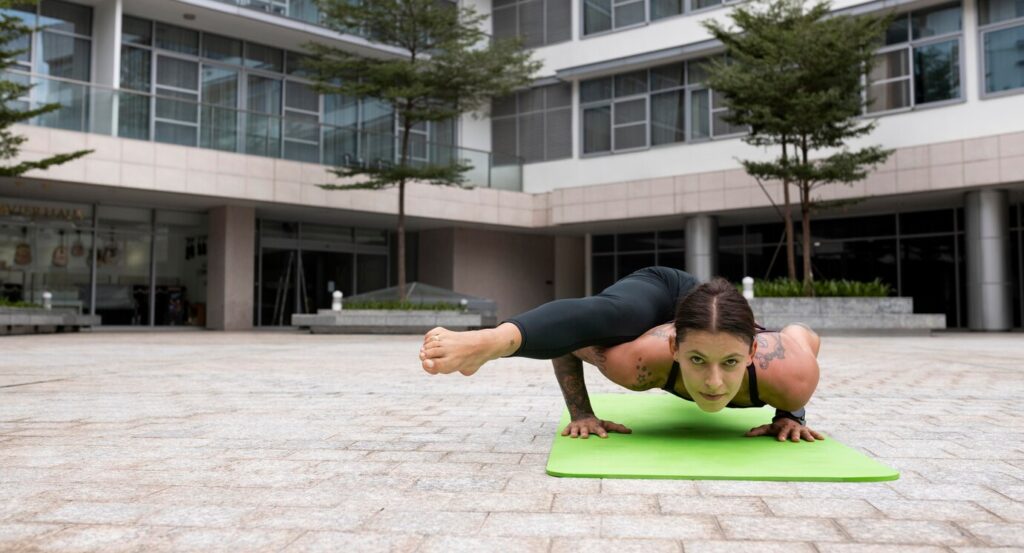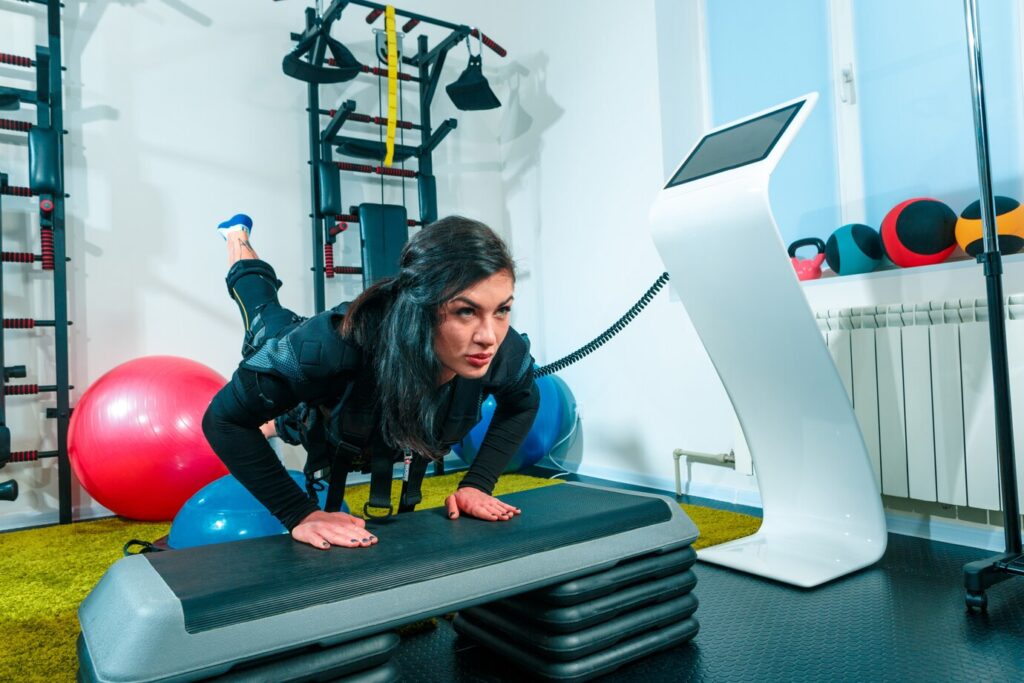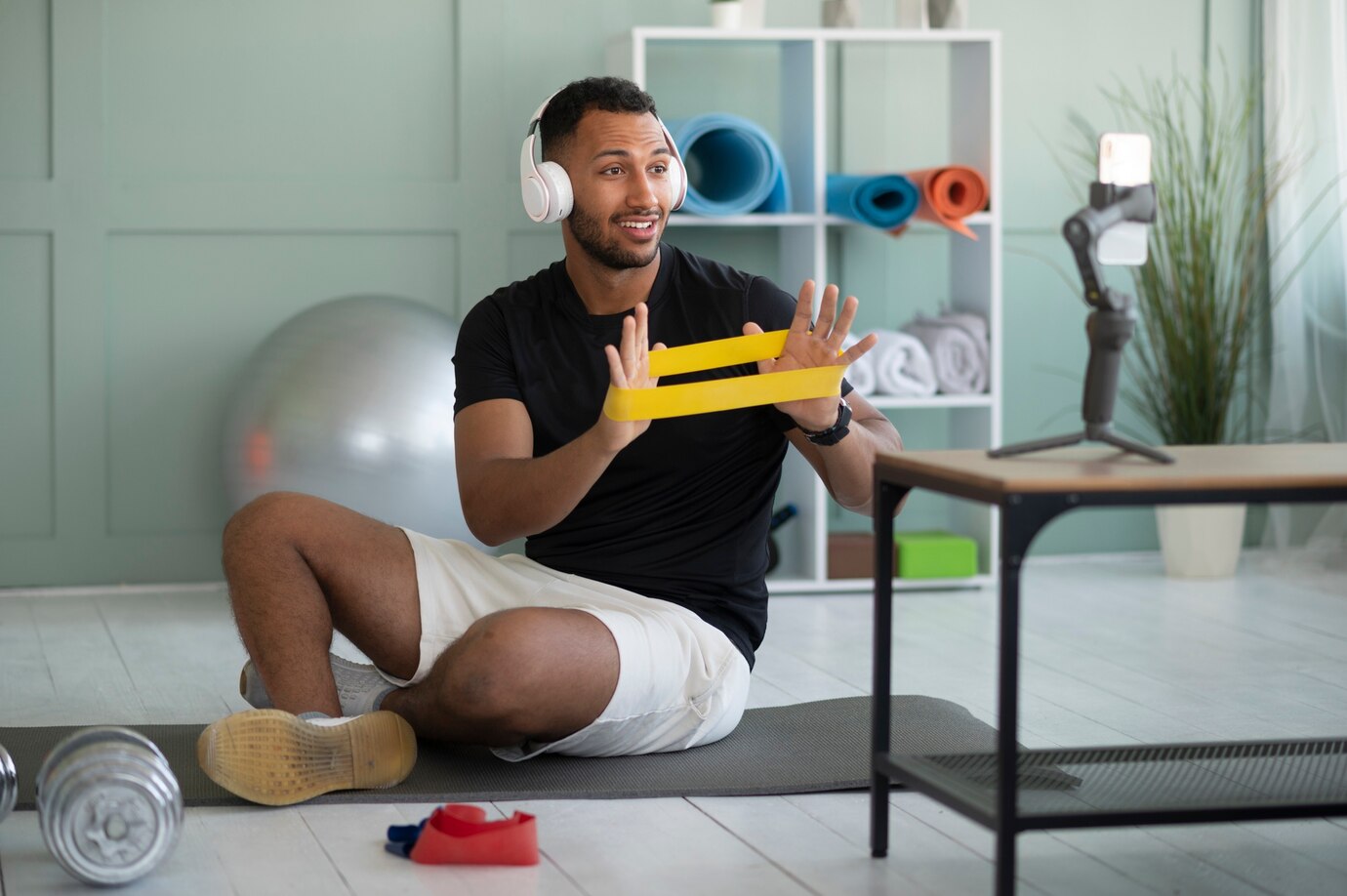In today’s fast-paced world, maintaining optimal fitness isn’t just about looking good; it’s about ensuring that our bodies are capable of handling the demands of our daily lives. Functional fitness focuses on exercises that mimic movements we perform in our day-to-day activities, helping us become stronger, more flexible, and more capable in our everyday tasks. From lifting groceries to bending down to tie your shoes, functional fitness exercises can improve your strength, mobility, and stability, ultimately reducing the risk of injury and enhancing your overall quality of life.
Understanding Functional Fitness:
Functional fitness isn’t about isolating individual muscles or achieving an aesthetically pleasing physique. Instead, it emphasizes movements that train multiple muscle groups simultaneously, promoting coordination, balance, and agility. These exercises simulate real-life activities, such as squatting, bending, pushing, pulling, and rotating, enabling you to perform daily tasks with greater ease and efficiency.
The Benefits of Functional Fitness:
- Injury Prevention: By strengthening the muscles and joints involved in everyday movements, functional fitness reduces the risk of strains, sprains, and other common injuries. Improved balance and stability also help prevent falls, especially among older adults.
- Enhanced Performance: Whether you’re an athlete or simply want to excel in your favorite activities, functional fitness can boost your performance by improving your strength, endurance, and mobility. Functional exercises translate directly to better performance in sports, recreational pursuits, and occupational tasks.
- Increased Independence: As we age, maintaining independence becomes increasingly important. Functional fitness exercises help older adults retain their ability to perform essential activities of daily living, such as getting up from a chair, climbing stairs, and reaching for objects.
- Better Posture and Alignment: Many functional exercises focus on core strength and stability, which are crucial for maintaining proper posture and spinal alignment. By strengthening the muscles that support the spine, functional fitness can alleviate back pain and improve overall posture.
- Efficient Workouts: Functional exercises often involve compound movements that engage multiple muscle groups simultaneously. This not only maximizes calorie burn but also makes workouts more time-efficient, as you’re targeting multiple areas of the body with each exercise.

Functional Fitness Exercises:
- Squats: Squats are one of the most functional exercises, as they mimic the motion of sitting down and standing up. They strengthen the muscles of the lower body, including the quadriceps, hamstrings, glutes, and calves, while also engaging the core for stability. Variations such as goblet squats, sumo squats, and split squats can be incorporated to target different muscle groups and add variety to your routine.
- Deadlifts: Deadlifts are excellent for building strength in the posterior chain, which includes the muscles of the lower back, glutes, and hamstrings. Proper form is crucial to prevent injury, so start with light weights and focus on maintaining a neutral spine throughout the movement. Romanian deadlifts and single-leg deadlifts are variations that can be used to challenge balance and stability.
- Lunges: Lunges improve lower body strength and stability while also enhancing balance and coordination. They target the quadriceps, hamstrings, glutes, and calves, as well as the stabilizing muscles of the core and hips. Forward lunges, reverse lunges, and lateral lunges are all effective variations that can be incorporated into your workout routine.
- Push-ups: Push-ups are a classic functional exercise that strengthens the chest, shoulders, triceps, and core muscles. They also improve upper body stability and help develop functional pressing strength. If traditional push-ups are too challenging, you can modify the exercise by performing them on your knees or against a wall.
- Planks: Planks are a simple yet effective exercise for building core strength and stability. They engage the muscles of the abdomen, lower back, hips, and shoulders, promoting better posture and spinal alignment. Variations such as side planks, plank jacks, and plank rotations can add variety and intensity to your plank routine.

- Farmer’s Carry: The farmer’s carry is a functional exercise that simulates carrying heavy objects, such as groceries or luggage. It strengthens the muscles of the grip, forearms, shoulders, and core, while also improving overall stability and coordination. Simply grab a pair of heavy dumbbells or kettlebells and walk for a set distance or time while maintaining good posture.
- Medicine Ball Throws: Medicine ball throws are dynamic exercises that improve power, explosiveness, and coordination. They can be performed in various directions, including overhead, sideways, and rotational throws, mimicking the movements required in sports and everyday activities. Incorporating medicine ball throws into your workout routine can help improve functional strength and athleticism.
- Balance Exercises: Balance exercises are essential for improving stability and preventing falls, especially among older adults. Simple exercises such as single-leg stands, heel-to-toe walks, and balance board drills can help enhance proprioception and coordination, reducing the risk of injury during daily activities.
Incorporating Functional Fitness Into Your Routine:
To reap the benefits of functional fitness, it’s essential to incorporate these exercises into your regular workout routine. Aim for a balanced approach that includes a variety of movements targeting different muscle groups and movement patterns. Start with exercises that match your current fitness level and gradually progress as you become stronger and more proficient.
Here are some tips for incorporating functional fitness into your routine:
- Warm-up: Begin each workout with a dynamic warm-up to prepare your muscles and joints for movement. This may include exercises such as jogging in place, arm circles, leg swings, and hip circles.
- Mix It Up: Incorporate a variety of functional exercises into your routine to target different muscle groups and movement patterns. Experiment with different variations and equipment to keep your workouts interesting and challenging.
- Focus on Form: Proper form is essential for maximizing the effectiveness of functional exercises and reducing the risk of injury. Pay attention to your technique and consult a fitness professional if you’re unsure about how to perform a particular exercise correctly.
- Progress Gradually: As you become stronger and more proficient, gradually increase the intensity and complexity of your workouts. This may involve using heavier weights, performing more repetitions, or trying more advanced variations of exercises.
- Listen to Your Body: Pay attention to how your body feels during and after exercise. If you experience pain or discomfort, stop and assess whether you’re performing the exercise correctly or if you need to modify or regress the movement.
Conclusion:
Functional fitness is not just a trend; it’s a smart and practical approach to exercise that can improve your quality of life at any age. By incorporating functional exercises into your routine, you can enhance your strength, mobility, and stability, making everyday activities easier and reducing the risk of injury. Whether you’re a seasoned athlete or a beginner just starting out, everyone can benefit from functional fitness. So why not give it a try and experience the difference it can make in your life?










